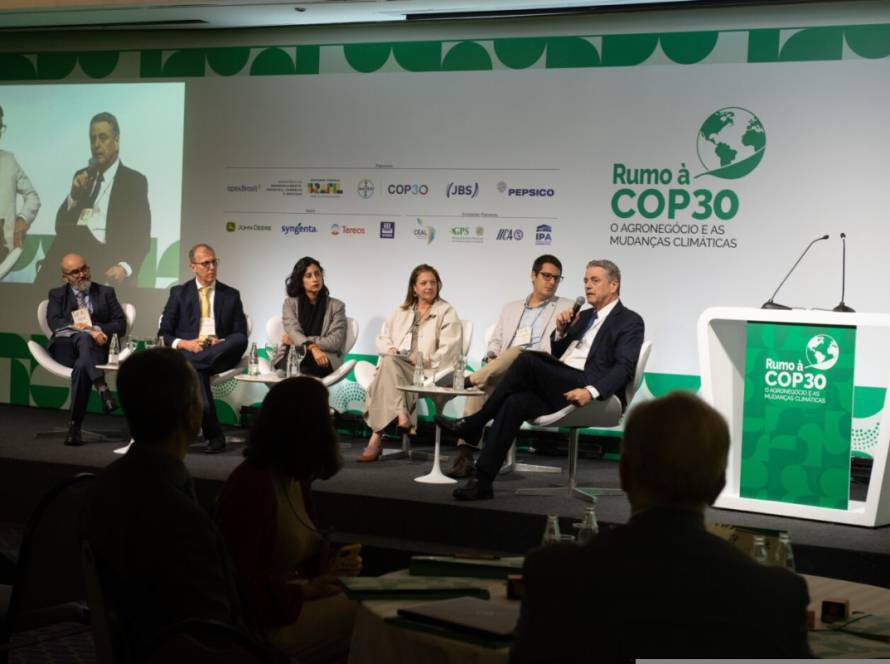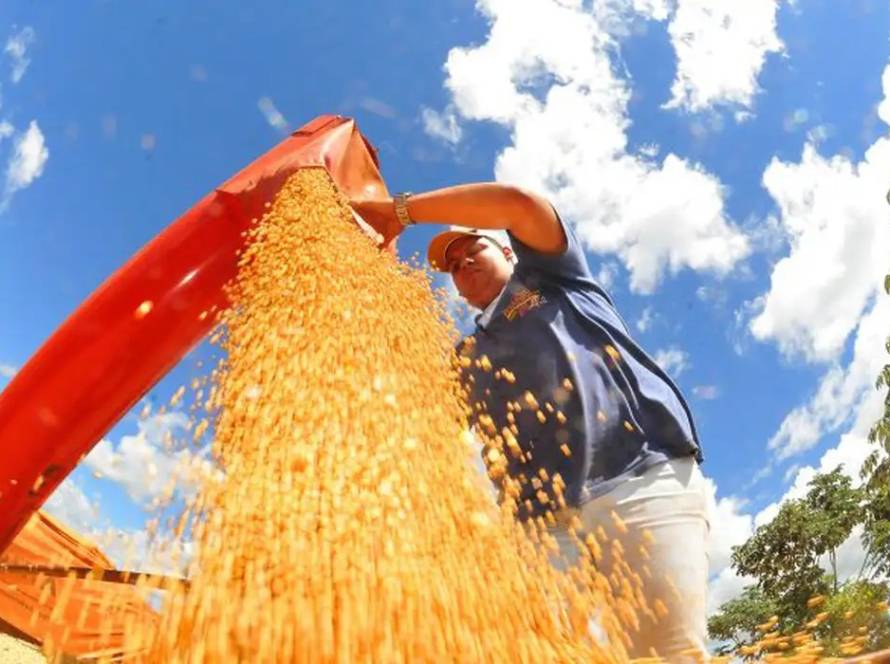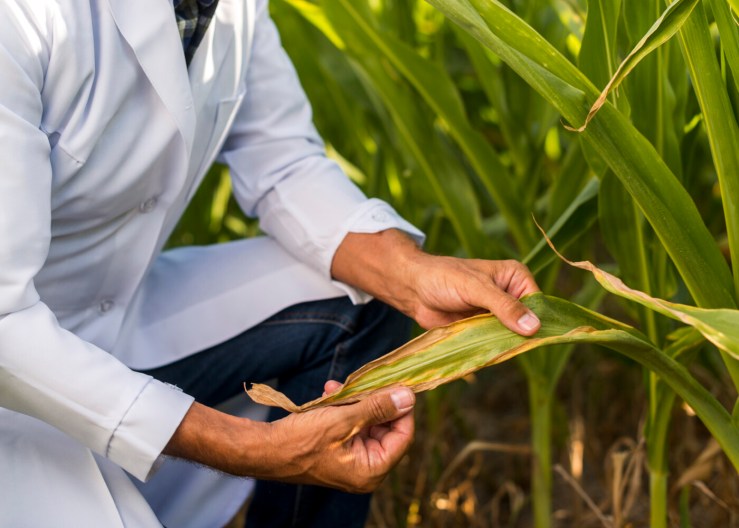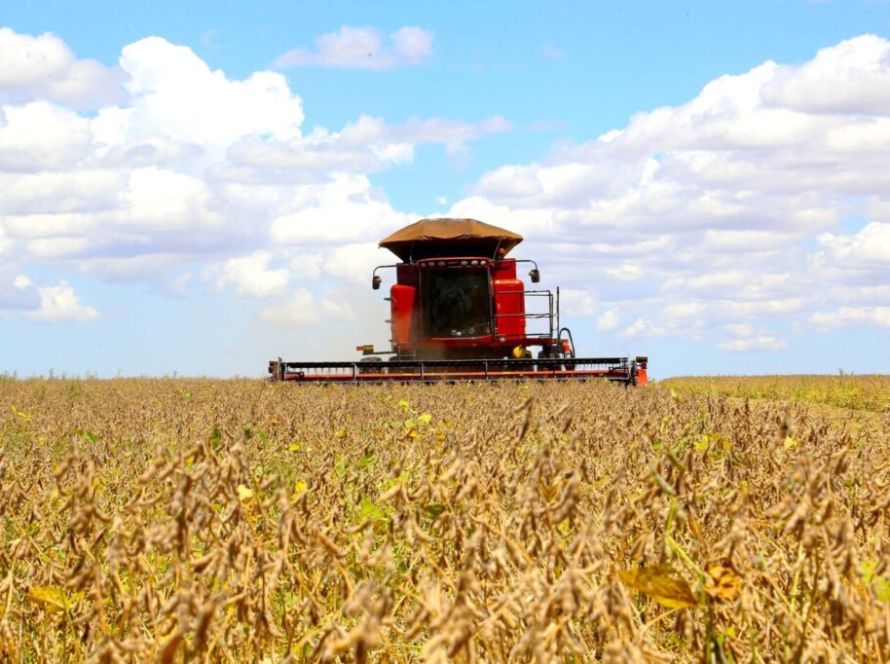The 2025/26 crop year begins under a challenging scenario for Brazilian agribusiness. Macroeconomic and geopolitical uncertainties, with risks of lower global growth amid high interest rates, ongoing wars in the Black Sea and, more recently, the Persian Gulf, impacting energy costs and the supply of fertilizers (an input for which Brazil is highly dependent on imports), combined with low prices for key agricultural commodities, create a complex and potentially dangerous environment, in which good management becomes even more crucial. It will be crucial to maintain a high level of risk management, given the potential for upheaval in several variables.
We can say that this is the third consecutive harvest year with the main initial message being one of caution. Each crop experiences different nuances, but the general scenario has recommended caution for all crops and links in the chain. The sector's default rate has been increasing and significantly impacting some links in the chain, which, combined with the risks mentioned above, is squeezing credit to the sector.

Photo: Faep System
To a large extent, the 2025/26 cycle will be marked by more challenging cost formation. Fertilizer prices were already on the rise, and with the worsening tensions in the Middle East, prices are likely to rise even further, deteriorating the terms of trade for most commodities. This issue is especially critical for second-crop corn, whose purchases are delayed, but it also affects perennial crops such as coffee, oranges, and sugarcane, which are purchasing inputs throughout the second half of the year and are already facing significant price drops. Sugar suffers from a more optimistic global outlook for Asian production; coffee, with the possibility of a production recovery in 2026; and oranges, with a better harvest this year, all of these factors putting pressure on prices.
Despite this situation, perennial crops should still show good historical margins. In the case of sugar, lower prices are expected to have a greater impact on the 2026/27 harvest, since much of the current production is fixed.
For soybeans, the most favorable weather since late 2024 allowed for a record harvest in South America, with the exception of Rio Grande do Sul and some regions of Mato Grosso do Sul. More recently, conditions also benefited second-crop corn, reversing seven consecutive months of rising prices in just two months, penalizing producers who failed to adequately manage price risk.
In the United States, crops are also developing well, and if the weather remains favorable over the next two months, global soybean and corn stocks will remain comfortable, with little room for growth. Thus, margins for soybeans, corn, and cotton are expected to be even lower than those observed in 2024/25. Cotton, in turn, remains particularly sensitive to global economic activity, which is expected to grow less, challenging consumption of the fiber. This scenario, combined with the high cost of capital, means that a significant portion of earnings will be absorbed by financial expenses. Therefore, there will be minimal room for error.
The outlook is equally challenging for rice producers, who are harvesting a record crop but are already facing prices below production costs. This should lead to a lower investment in the next harvest. The appreciation of the real has also encouraged imports at a time when the sector would otherwise need to export, a situation that also affects wheat producers, who are struggling to compete with Argentine grain, contributing to the expectation of a sharp reduction in planted area.

Photo: Jaelson Lucas
Still, the size and diversity of Brazilian agribusiness allows us to see the "glass half full." Grain consumers, especially those of animal proteins, should have a good time.
In the case of beef cattle, the alignment between a turning point in the supply cycle, still high (but slowing), and firm global demand, combined with declining production in the US, favors Brazil, which benefits from both the need for imports and high US beef prices, which underscore our competitiveness. The combination of cheaper feed, increased feedlot production, and strong exports supports prices, even as cattle supply resists a decline.
In the poultry and pork sectors, the outlook is also favorable, with feed costs under control, relatively high meat prices sustaining good historical margins, and strong global demand. The most immediate challenge is the resumption of chicken exports following the outbreak of avian flu in Rio Grande do Sul, but we believe this obstacle will be overcome soon.
Despite all the challenges, the 2025/26 cycle also brings opportunities. In a world of growing food insecurity, Brazil remains a stable and reliable supplier of food and agricultural products and should continue to capture significant external demand.
With COP30 taking place in Brazil in November, the country will have the opportunity (and responsibility) to communicate its environmental and productive ambitions to the world. Brazilian agribusiness is a fundamental part of the solutions for a future with less dependence on fossil fuels.
Energy transition and agricultural production must go hand in hand, with Brazil positioning itself globally as a leading player in environmental solutions through more efficient and sustainable agriculture. The country's potential for response is remarkable, particularly the conversion of degraded pastureland into more intensive and environmentally friendly production, contributing significantly to carbon sequestration. We discussed this topic in our recent study, which you can find at this link.

Photo: Gilson Abreu
The expansion of corn ethanol is a good example of the combination of opportunity and responsiveness. The mandates outlined in the Fuel of the Future Act are expected to increase demand for biofuels, especially those based on soybeans, corn, and sugarcane, creating additional opportunities for rural production.
As a result of the increase in soybean crushing and corn ethanol production, the supply of soybean meal and DDG is also growing, already benefiting the animal protein sector. This trend is expected to continue, strengthening the competitiveness of production chains.
All of this potential growth opportunities for Brazilian agribusiness, to be fully realized, will obviously require careful coordination between the private and public sectors, given our historical infrastructure challenges and bottlenecks, the availability of adequate resources, and the widely known uncertain business environment.





